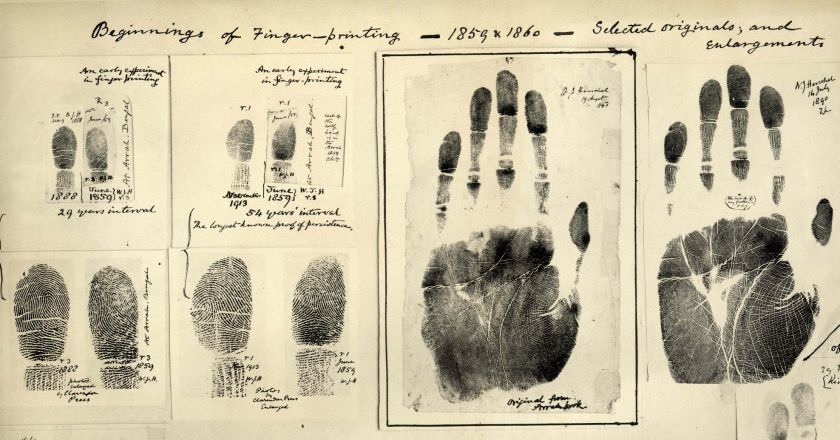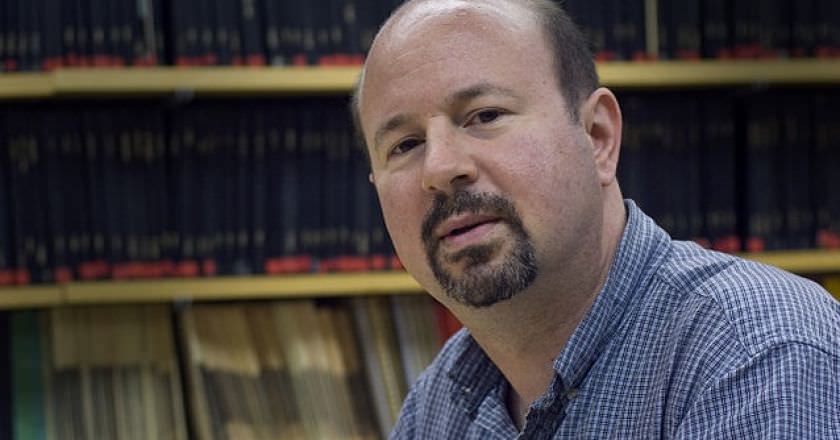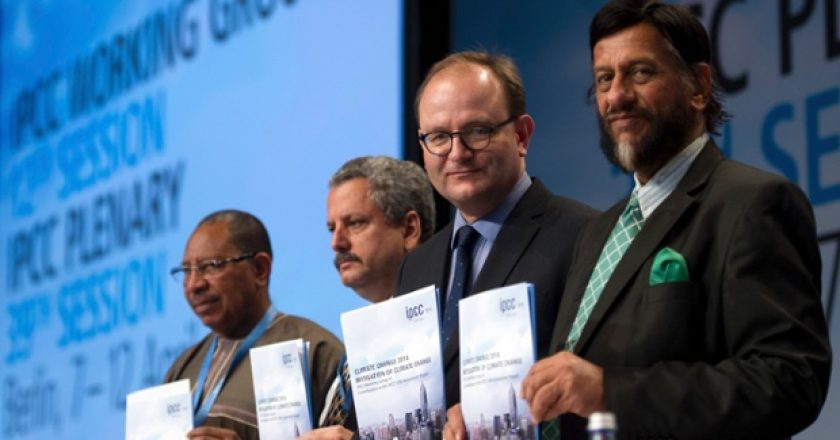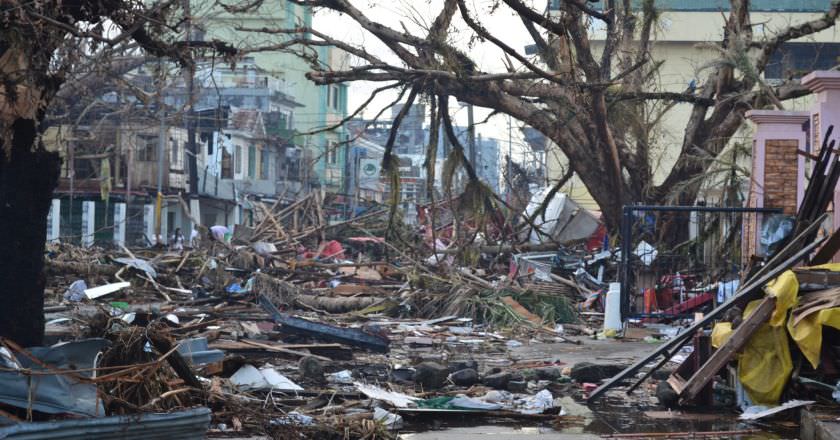Food Price and Supply
Rising food prices are dependent on many factors, including population, income, and availability of supply. This last factor is particularly affected by climate change. Climate disruption is already affecting prices for food and crops through impacts including changes in growing seasons, increasing extreme weather, rising sea levels, pest movement, and warming oceans











